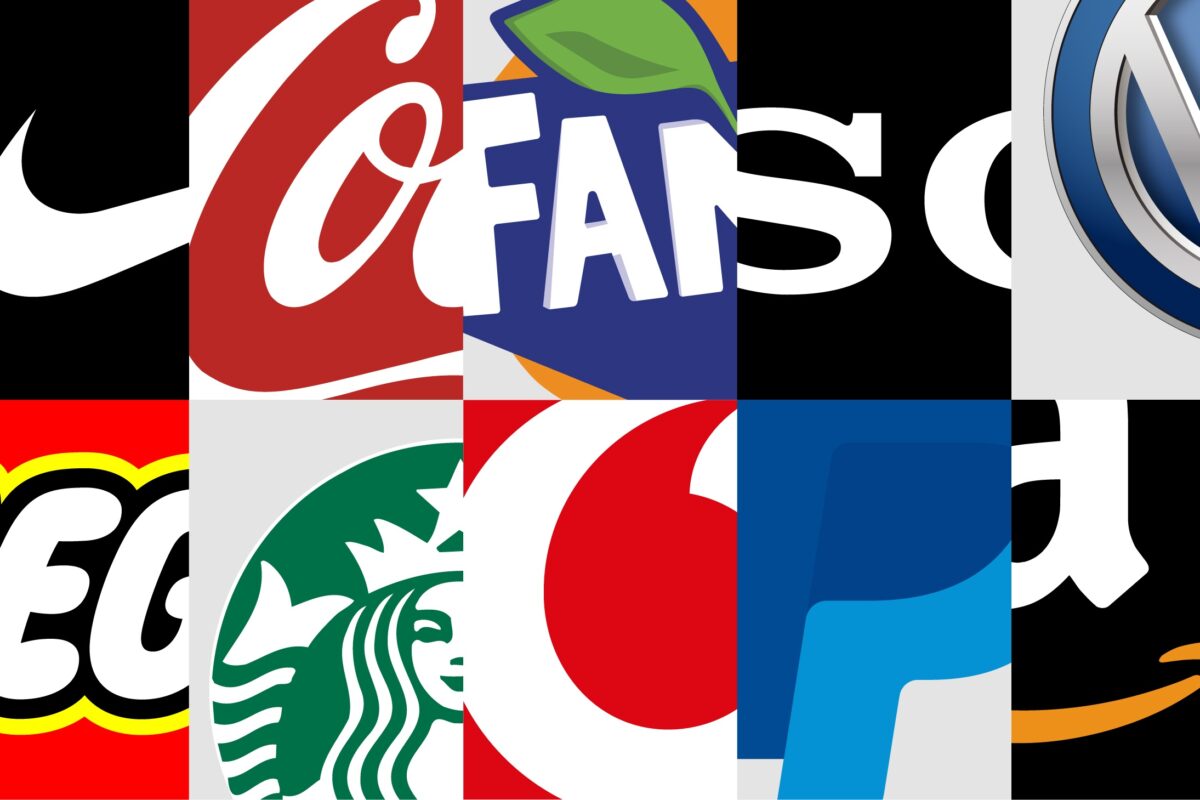Recently, Dunkin’ Donuts announced that it was looking at dropping the ‘Donuts’ part of its name in selected stores in order to highlight there’s more to the brand than the products it’s synonymous with. Is that a smart move?
The three most powerful elements of any brand name are identity, meaning and recognition. A great name tags a brand’s character. You know what to expect from the way the brand identifies itself. Casual, credible, functional … great names capture the nature of what they describe. Powerful brand names also hint at hidden meaning. Sometimes, they carry within them the synopsis of a story. (Samsung for example means three stars in Korean, but the number 3 itself implies big, numerous and powerful.) And of course names provide us with cues as consumers. We recognize them. They give us something to ask for, and something to look for.
So given that the Dunkin Donuts name already has a clear personality, it means plenty to plenty of people and it’s widely recognized, why would the company look at changing it? There are arguments for and against such a move. Some of the biggest brands in the world have successfully abbreviated their names – Coca Cola to Coke being the most obvious and of course Starbucks famously dropped the Coffee from its own name – but others have struggled. Pizza Hut tried to become The Hut and reverted under public pressure as consumers dismissed the initiative as an unfashionable attempt to be fashionable.
So when should a brand look at changing its name? Thomson Dawson tackled this some time back when he looked at the change from Yousendit to “Hightail”. Do it, he suggested, if you wish to signal a change in strategic focus and if “the naming change will serve greater meaning, resonance and value for consumers and customers”.
In that case of course the brand was changing its name completely. Nevertheless, it’s interesting to apply those three criteria to Dunkin’ Donuts proposed change. Does Dunkin’ as a name carry greater value than the original? Sure, it gets around the recognition issue, in that half the original name is there. And yes, in a world where people are interested in greater brand minimalism and simplicity, it could be seen to bring greater resonance to a market where it’s harder and harder to stand out. But, as to the third criteria, only time will tell whether consumers see enhanced value in the abbreviated version. After all, the company is currently the undisputed leader of the donut industry with a greater than 60% market share, and a presence that runs to 11,300 restaurants globally.
What’s the biggest risk here? In a Dieline article on why Danone’s Dumex brand failed in Vietnam, Mathijs Allet says messing with the brand codes too heavily confuses customers, and makes the brand less attractive. “You put doubt in the consumer’s mind as you force them to ask themselves the question if that new looking brand is still the same product they used to buy, or a completely new product … A relaunch where you change too many key elements too drastically makes the shopping process significantly harder and can result in a massive drop in sales due to the confusion you as a brand owner create.”
No-one’s suggesting that Dunkin Donuts faces that particular risk with its proposed change, but Allet’s point about making change that is meaningful and that retains what matters to consumers is absolutely spot-on.
My question is this: what will shoppers get from the Dunkin’ brand that they don’t get from Dunkin’ Donuts? Both literally – as in association. And experientially – in terms of the shopping experience and the choice of products. If the answer is nothing that is dramatically different (so far, the company has talked about potentially rolling out a new image, more emphasis on beverages and leadership in coffee), then what exactly does the change signal?
That surely is Thomson’s point. Every change you make to your brand is a signal to the market that things will not be as they were. What Dunkin’ Donuts seems to be signalling though is a shift that could just feel like a brand looking to keep up with the times. People may like that, and welcome it. Or they may not. Because they may see value in it happening, or they may perceive no important difference—in which case they might prefer that things stay as they are.
The Blake Project Can Help: Contact us for more on BrandInsistence brand equity measurement
Branding Strategy Insider is a service of The Blake Project: A strategic brand consultancy specializing in Brand Research, Brand Strategy, Brand Growth and Brand Education




